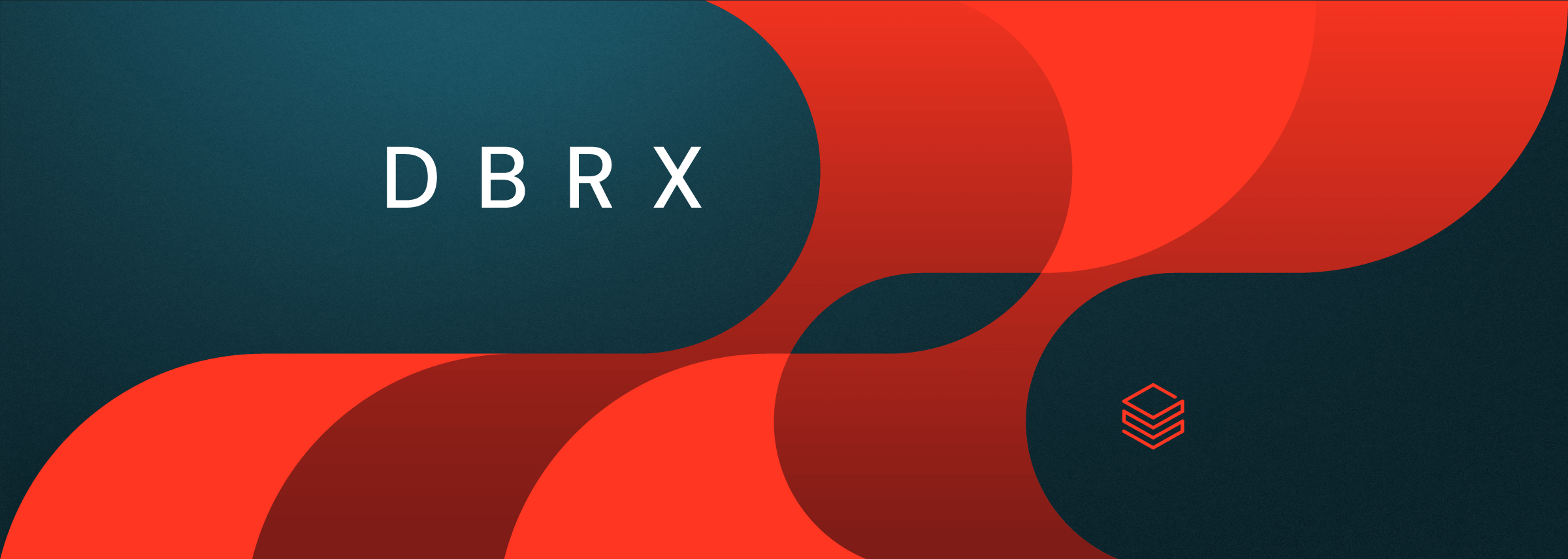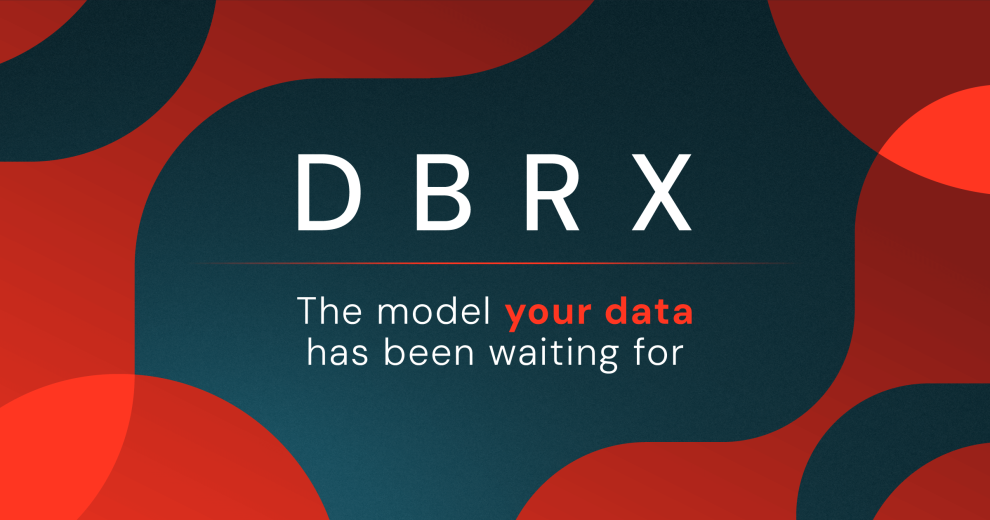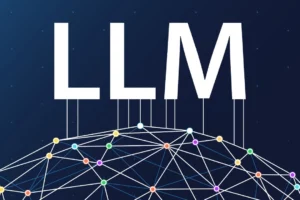DBRX, the most powerful open-source large language model (LLM) to date. This cutting-edge technology promises to revolutionize the accessibility and applications of AI, ushering in a new era of innovation and collaboration. Join us as we delve into the creation of DBRX, exploring its capabilities and the potential impact it holds for the future of open and democratized AI.
Breaking New Ground: The Birth of DBRX
DBRX is the brainchild of Databricks, a company at the forefront of cloud-based data platforms. This pioneering LLM stands out for several key reasons:
- Transformer-Based Decoder Architecture: At the core of DBRX lies a sophisticated transformer-based decoder architecture, a neural network design that excels at processing sequential data like text. This architecture allows DBRX to analyze and understand language with exceptional depth, enabling it to generate human-quality content, translate languages, and provide informative responses to queries.
- Next-Token Prediction Training: DBRX has been meticulously trained on the principle of next-token prediction, enabling it to forecast the most likely word to follow a given sequence of words. This cutting-edge training method hones DBRX’s ability to generate coherent and contextually relevant text, making it a powerful tool for a wide range of applications.
- Fine-Grained Mixture-of-Experts (MoE): A unique aspect of DBRX is its innovative fine-grained MoE architecture. By utilizing a pool of expert models, each specializing in specific tasks, DBRX can route queries to the most suitable expert model, ensuring accurate and relevant responses tailored to the task at hand.

Unveiling the Powerhouse: DBRX’s Capabilities
DBRX boasts an impressive array of capabilities that have the potential to revolutionize various fields:
- Code Generation and Programming Assistant: With its deep understanding of language and ability to generate human-quality text, DBRX can assist programmers by generating code snippets, debugging, and suggesting more efficient coding practices.
- Enhanced Research and Analytics: DBRX’s prowess in processing and analyzing vast amounts of data can empower researchers and analysts across diverse sectors, accelerating discoveries and insights.
- Improved Content Creation: From generating creative text formats to translating languages and providing informative answers to questions, DBRX is poised to become an invaluable tool for content creators, educators, and professionals seeking to streamline their workflows.
Open-Source Accessibility: Democratizing AI
Perhaps the most significant aspect of DBRX is its open-source nature. By making the underlying code freely available, Databricks has taken a bold step towards democratizing AI technology and fostering a more collaborative and inclusive AI landscape. This accessibility offers several advantages:
- Faster Development: Researchers and developers can leverage DBRX as a foundation, accelerating the development of new AI applications and tools, and driving innovation at an unprecedented pace.
- Democratization of AI: Open-source availability allows smaller organizations and individuals to explore and harness the power of AI without the hefty costs associated with proprietary models, fostering a more level playing field.
- Increased Collaboration: The open-source community can work together to improve and expand DBRX’s functionalities, fostering a more collaborative and innovative AI ecosystem.

A Look Ahead: The Future of DBRX and Open-Source AI
The release of DBRX marks a significant milestone in the journey towards open-source AI dominance. While the technology is still in its early stages of development, its potential applications are vast and far-reaching. With continued research, collaboration, and community support, DBRX has the power to democratize AI and unlock new possibilities across various fields, from healthcare and education to finance and creative industries.
It’s important to note that DBRX is not the only player in the open-source AI arena. Other impressive open-source LLMs, such as GPT-J and Jurassic-1 Jumbo, also offer compelling capabilities and are driving innovation in their own right. The future of AI is likely to witness a dynamic interplay between these open-source models, fostering rapid advancements and pushing the boundaries of what is possible with democratized AI technology.
Conclusion: Embracing the Future of Open and Accessible AI
DBRX’s emergence as the world’s most powerful open-source LLM is a game-changer that has the potential to reshape the AI landscape. Its capabilities and open-source nature hold immense promise for the future of AI, paving the way for a more inclusive and collaborative ecosystem. As DBRX continues to evolve and inspire the creation of new tools and applications, we can expect a future where AI technology is more accessible, impactful, and transformative than ever before.
















Add Comment